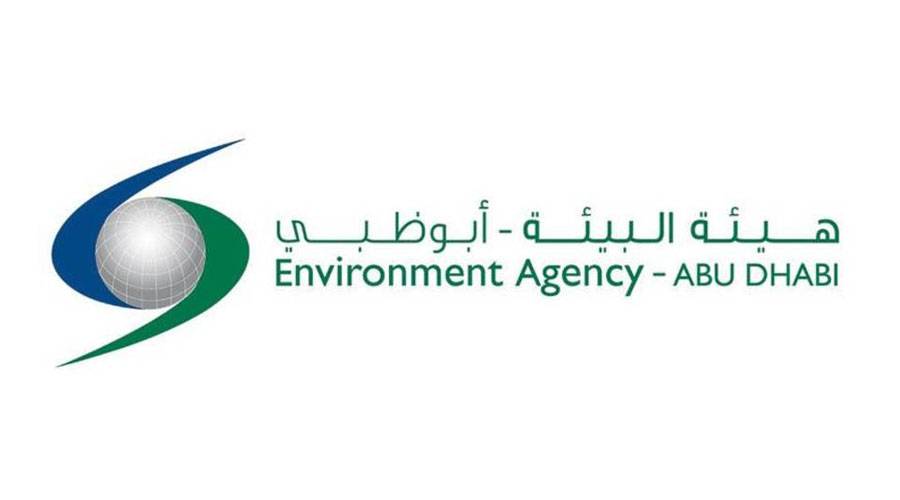
Abu Dhabi: The Environment Agency Abu Dhabi confirmed that the Arabian Gulf is home to about 60 species of sharks and stingrays, with increasing species registration every year, and more than 70% of the famous species in the Gulf are classified as threatened by the International Union for Conservation of Nature (IUCN).
She indicated that the decline in shark numbers is mainly due to habitat degradation, over-exploitation and human evolution. Stressing that as part of its efforts, experts are constantly studying sharks and stingrays in the emirate, as well as implementing seasonal bans to ensure their sustainability.
She added that sharks play an important role in preserving the marine ecosystem, as they maintain the balance of food webs, which contributes to enhancing biodiversity. Rumors spread about sharks as ferocious and predatory have tarnished the reputation of this species, which plays an important role in preserving the quality of the marine environment by feeding on its prey, including rays.
The authority participates in extensive programs to rehabilitate species, especially newly discovered species, to ensure their health and sustainability, and to preserve them for future generations, so that they can enjoy the abundance and beauty of biodiversity in Abu Dhabi.
Last year, the authority discovered a new type of eagle fish in the waters of the Emirate of Abu Dhabi, among samples it collected from the waters of the Arabian Gulf, during the survey of fish resources assessment carried out by the authority during 2016, which indicates the health of marine waters and the abundance of biodiversity. marine.
It is noteworthy that the Arabian Gulf is characterized by a volatile environment, where sea surface temperatures exceed 20 Celsius, and rise to more than 36 Celsius in the summer in the shallow southern basin, and the minimum temperature reaches 12 Celsius in the winter. The waters of the Gulf are also known to be very salty due to the high rates of evaporation.




